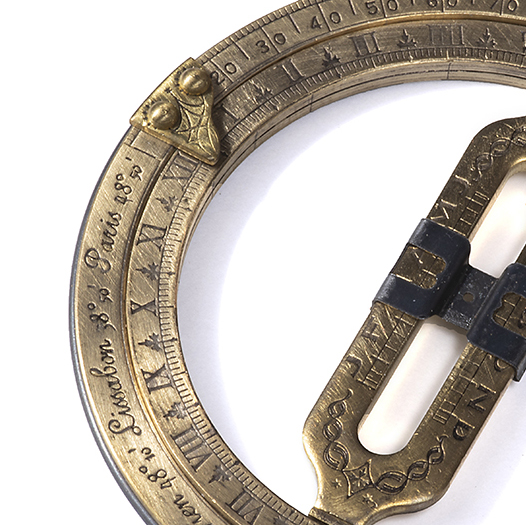
Brass
Brass is a type of yellow alloy which is very malleable. It is mainly composed of copper and zinc in different proportions. Depending on the desired properties, different types of brass can also contain other elements, such as lead, tin, nickel, chromium and magnesium, in very small quantities.
Brass is the most widely used copper alloy. It is one of the main alloys used to manufacture very large runs of very small parts. Brass fittings are used to make tubes and pipes, foundry parts, mechanical parts such as gears, bolts, taps, lock parts, small metal items, ceremonial and ornamental parts, precision instruments, watch parts, decorative elements for furniture, and musical instruments, to name just a few.
Pros
Brass has an excellent service life and very good mechanical strength. Brass is a malleable alloy that can be worked both hot and cold. It is very easy to machine, mould, stamp, etc. It can also be stretched without breaking.
It is a material with very good corrosion resistance and its flaking leaves behind a layer called verdigris, which can be easily removed with some maintenance techniques.
Brass is 100% recyclable. After use, brass objects can be recovered for recycling. Before reuse, their composition can also be modified by adding zinc or copper as appropriate.
Cons
Brass may corrode, as its surface is sensitive to chemical acids If it comes into contact with humidity, brass ages; its golden hue becomes greenish (verdigris) and it tends to break more easily. It is also a fairly heavy metal that is not suitable for all uses. Finally, brass is a fairly expensive material to buy, compared to steel, aluminium or zinc.
We would be happy to produce your next brass item. Please do not hesitate to contact us to discuss your future project.


